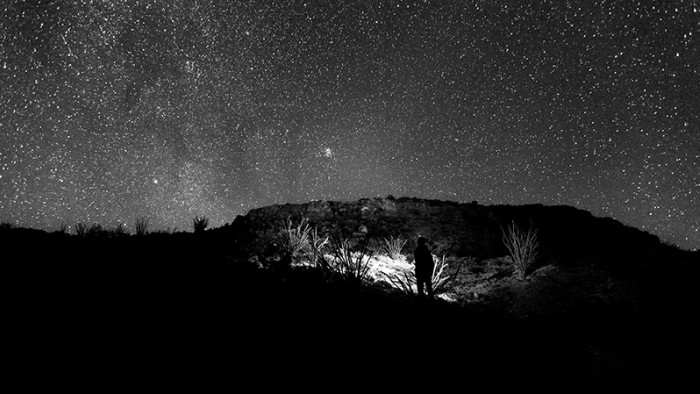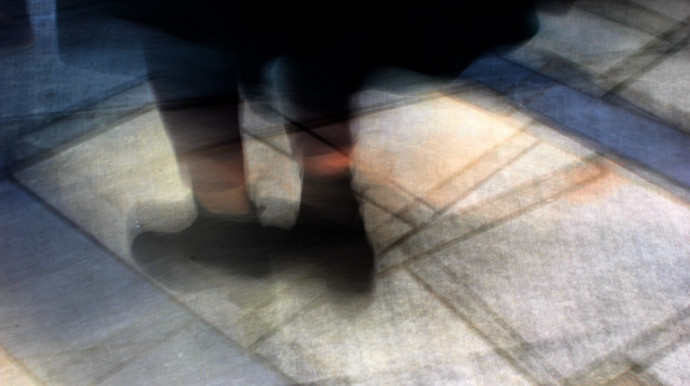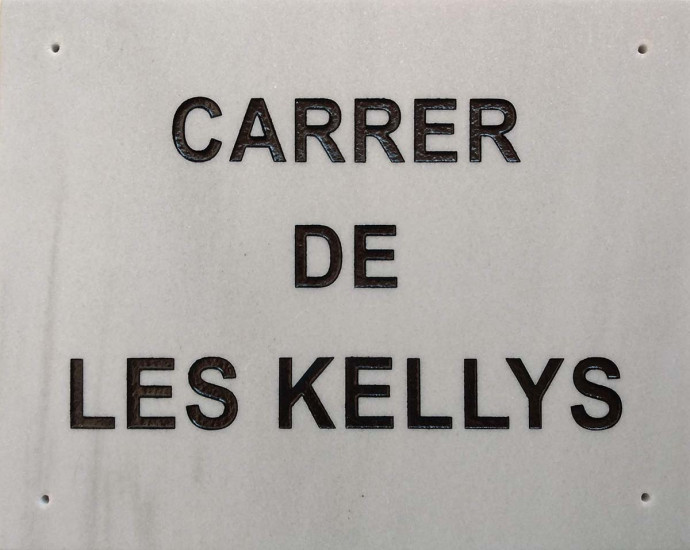ITINERARY. Artistic languages
There is no single way of conveying knowledge, reflection and critical thought. This is nothing new, but sometimes we tend to forget it. Debates, lectures, colloquiums or readings are usually the most recurrent modalities, especially in areas linked to the academic world. But different cultural manifestations have proven to be as effective, if not more so: a film, a fiction, the verse of a song, has often mobilised more people than a lecture by a great international expert. That is why the Biennial of Thought incorporates a certain diversity of formats, and sessions using various artistic languages are part of the programme.
It is the cinematographic approach that haunts today's urbanity in Seven filmic looks. City symphonies (I and II). Seven short films shot in Barcelona and other cities in the metropolitan area that complement each other as subjective witnesses to what it means to inhabit these spaces at the beginning of the 21st century. They are screened in two sessions and include a subsequent discussion with the filmmakers.
The hybridisation of disciplines is also common in this type of sessions, the collaboration between languages can enrich the discourse, in form and substance. This is the case of Seeing the pain of others, a staged reading, with music, of a text by Susan Sontag. Also Dancing with memory, where words, music, dance and documentary images come together to reflect on the imprint of the metropolis in Equatorial Guinea. Or Star at Midnight, with the American poet Anne Waldman as the spearhead of a very powerful evening of poetry and music, all performed live from the stage.
Primfila i se’n va is a concert-talk, or if you prefer a sung and played lecture, that looks at traditional Catalan music with a gender perspective. The culture and literature of our land will also be the protagonists of the recital Fuster, Ferrater, Bonet: canon in three voices, one of the most emblematic events in this Biennial and probably the one that most explicitly symbolises the organisational alliance with Palma and Valencia. Two of the authors honoured in the recital are also dealt with in round tables, one after the other. Thus, in Gabriel Ferrater under debate and in Joan Fuster, the insolent clairvoyant, creation is not formed as a theme, but it does not force any improbable somersault to include them in this itinerary.
And in +Biennial…
The arts abound in the parallel programme. La Capella coincides with the dates of the Biennial with the launch of two new exhibitions: New Ywork and Otra luz cegadora. Fabra i Coats: Contemporary Art Centre proposes a parallel activity, quite unusual, with Talk in the Dark, a parallel activity to one of its exhibitions on the bill. And, among other examples, the Miró Foundation presents Lluerna on the 15th, an ambitious initiative in full harmony with the spirit, themes and aims of the main programme.
The project Exposed but Invisible. Affections and alliances around art, The Kellys / Laura Marte, hosted by the Besòs and Maresme Civic Centre. More than an exhibition, it is a space for agitation and debate that has the capacity to incorporate discourses that intersect key issues of this Biennial such as gender, colonial heritage, inequalities, diversities or desirable forms of governance.




